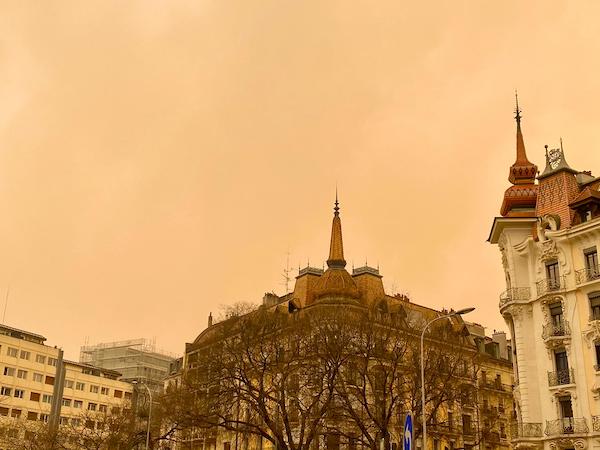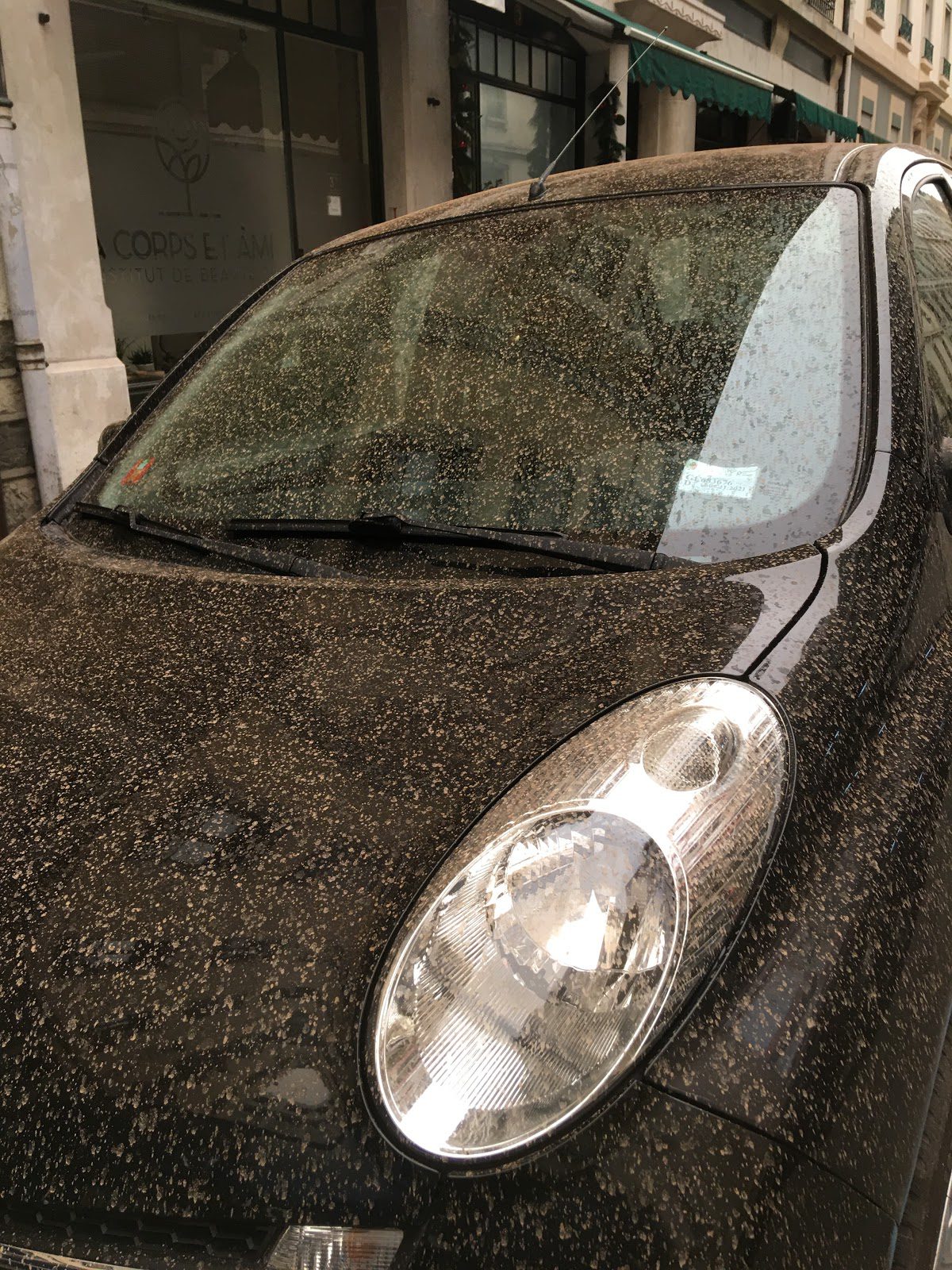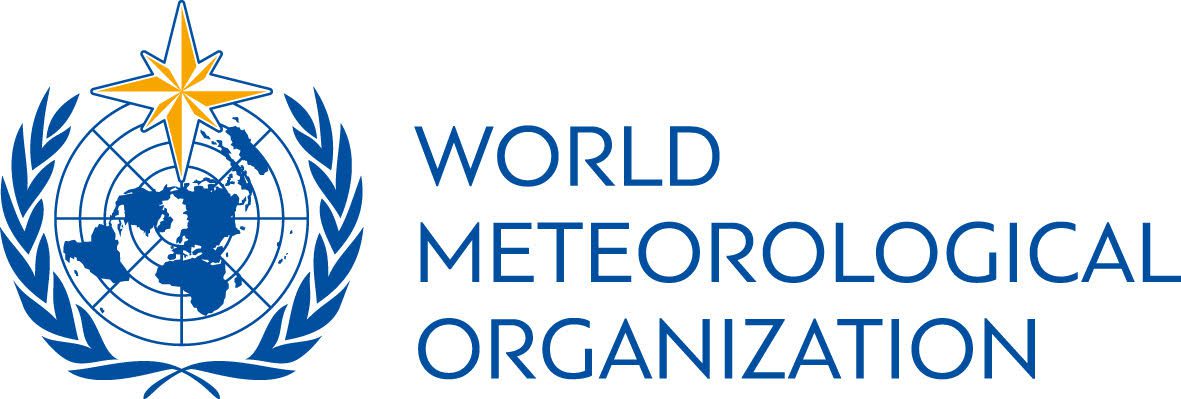Geneva turned into sepia last Saturday (30 March 2024) due to yellow rain.

It is a phenomenon happening every year in February/March when sand and dust move through the atmosphere from the Sahara desert to Europe. It is estimated that 180.000 tons of dust and sand moved in the last few days from the Sahara.
Yellow rain makes our cars and widows dirty.

Here is how the scientific model follows travel of sand and dust from the Sahara Desert to Europe:

You can find explanation about weather phenomenon of yellow rain:

The above video was recorded during A just-in-time discussion on Yellow Rain held on
Thursday, 11th February 2021 | 13:00 – 14:00 (12:00 – 13:00 UTC)
Here, you can find announcement for 2021 event
|
|
If you are curious to learn more about the ‘yellow day’ in Geneva and its relevance for climate and the environment, join us for a just-in-time debate on the movement of sand and dust globally and its implications for global cooperation in science and technology.
On 11 February 2021, we will be talking with leading experts from this field:
- Dr Slobodan Nickovic, inventor of the computing model for following sand and dust movements, used worldwide and chair of the Regional Steering Group of the Sand and Dust Storm Warning Advisory and Assessment System for Northern Africa, the Middle East and Europe
- Dr Sara Basart,researcher on atmospheric composition models at the Barcelona Supercomputing Center (BSC) and scientist in charge of the World Meteorological Organization’s (WMO) Sand and Dust Storm Warning Advisory and Assessment System (SDS-WAS) Regional Center for Northern Africa, the Middle East and Europe
Introduction: Prof. Petteri Taalas, Secretary-General of the World Meteorological Organization (WMO)
Moderator: Dr Jovan Kurbalija, Director of DiploFoundation & Head of Geneva Internet Platform
They will help us to:
- understand this natural phenomenon
- navigate the latest scientific research on the impact of sand and dust movements on the environment, the economy, and our health
- understand how data collecting and sharing involved in monitoring dust and sand movement works on a global scale
- illustrate the implications for global cooperation in the field of science and technology








